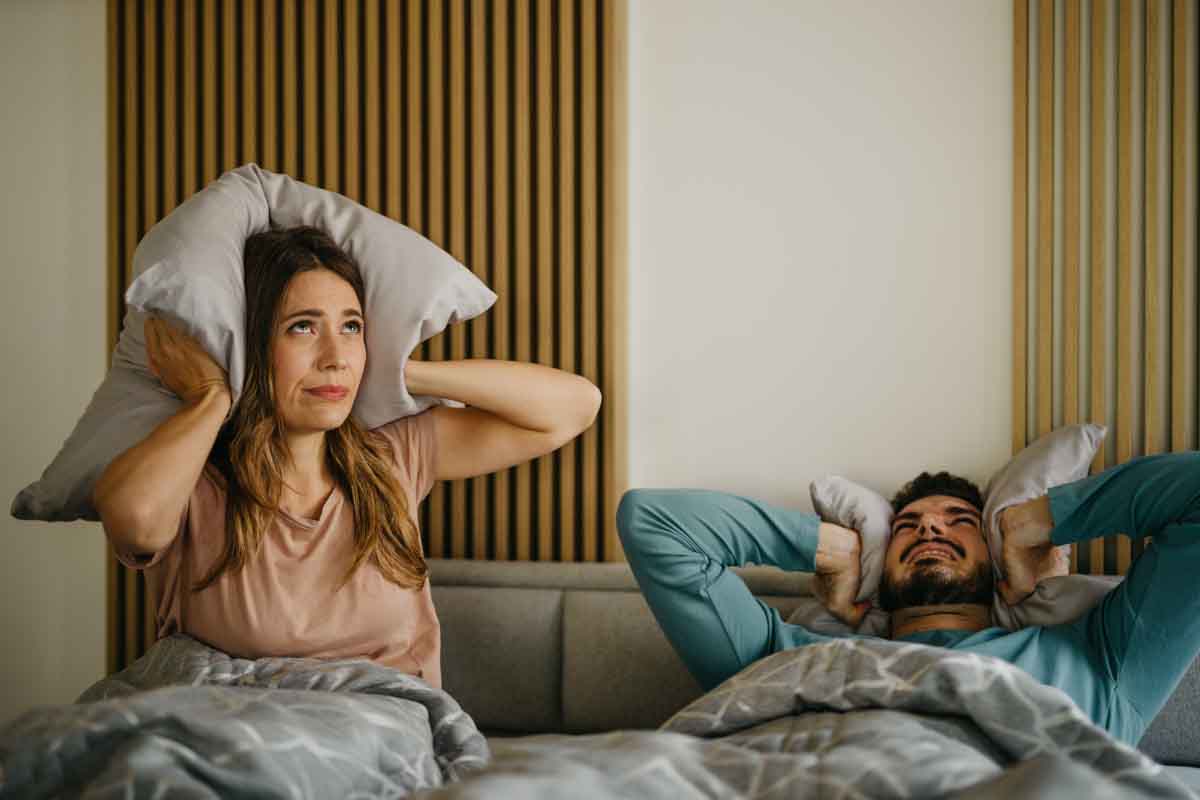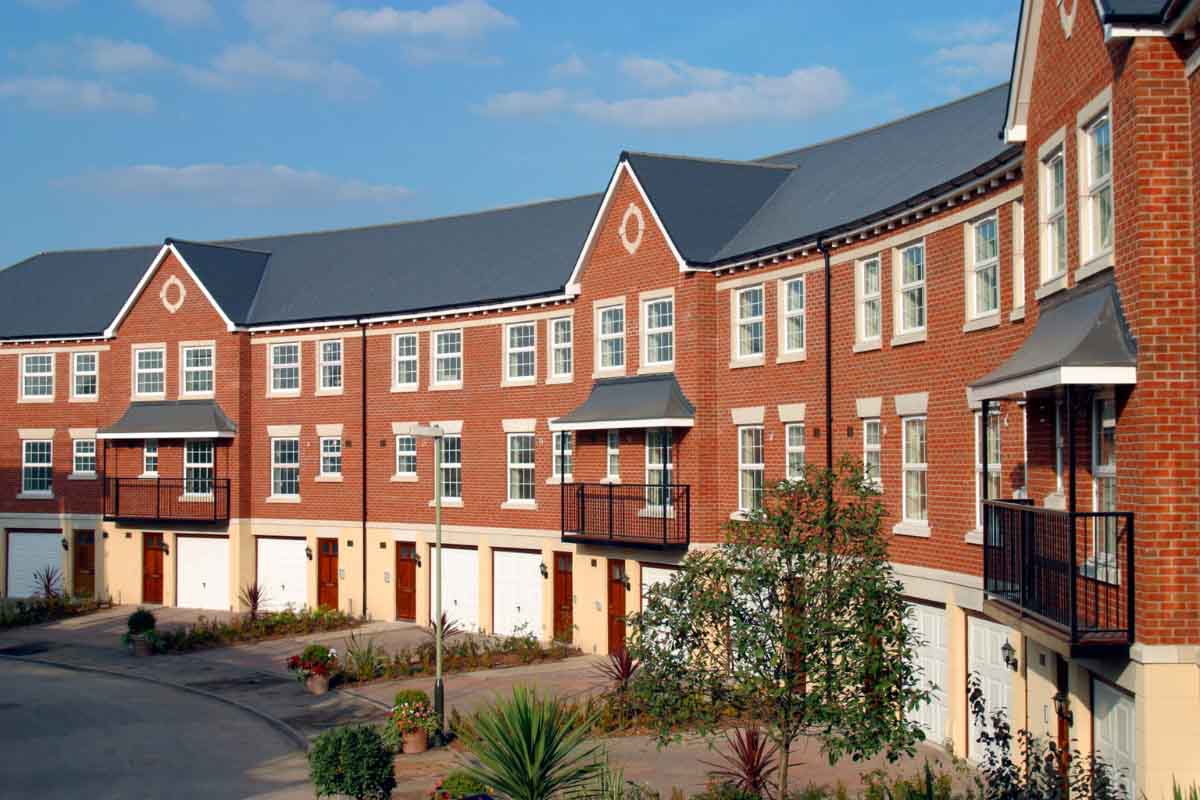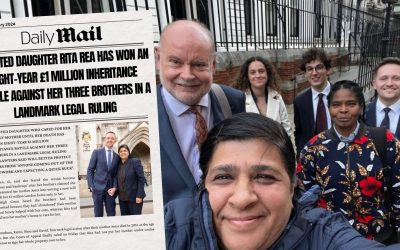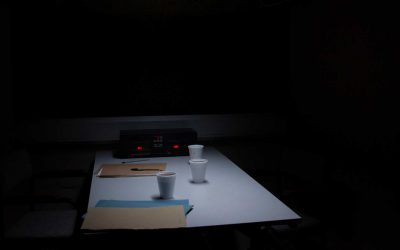In this article

A recent ruling by the UK Supreme Court clarified that the use of modern building features can constitute as private nuisance. This decision has significant implications for property owners, occupiers, and developers, and the way that they use their land.
To clarify what’s changed, this blog will explore how the case affects said parties, and also how private nuisance has changed moving forward.
If you need legal advice from an expert, call us directly on 0203 007 5500 or send an enquiry to [email protected]
What is private nuisance?
Private nuisance is a common law tort regarding interference with a person’s use or enjoyment of their land. It typically involves a person’s activities negatively affecting another person’s use of their land.

- Noise
- Vibration
- Smells
- Visual intrusion
This list is non-exhaustive but generally includes things that can affect both residential and commercial properties. For it to be valid, the claimant must show that the interference is significant and unreasonable. They must also show that this nuisance causes them harm.
In a recent case however, the UK Supreme Court went further with the definition of nuisance.

Talk to us now. Save costs further down the line.
Save yourself potentially thousands of pounds by seeking advice now. Speak to us today for more information.
Lines open 24/7

Fearn and others v The Tate Gallery.
Fearn and others v The Board of Trustees of the Tate Gallery (2023) was a landmark case for private nuisance. Revolving around the Tate Modern art museum, the two sides of this claim were:
- The Tate Modern
- Neo Bankside development, a luxury residential complex located next to the museum
The Neo Bankside resident’s claim was that the use of the Tate Modern’s viewing platform constituted as a private nuisance. This is because visitors could look into their flats and invade their privacy (i.e. visual intrusion).
Furthermore, the claimants argued that the trustees of the Tate Modern were liable for the nuisance. They then followed this by seeking an injunction.
What was the result of this case?
Interestingly, both the High Court and the Court of Appeal found that the use of the viewing platform was intrusive. However, they found it did not amount to a nuisance in this case. They then awarded nominal damages and declined to grant an injunction.
Within their verdict, The Court of Appeal took into account the financial damage an injunction would cause the Tate Gallery and their prior spending. However, Neo Bankside were not satisfied, leaving them to take the matter to the Supreme Court.
Resultingly, the Supreme Court ruled that the lower courts made an error in not finding a nuisance, thus allowing the appeal. The lower courts must now determine the appropriate remedy in light of this new outcome.
Have a private nuisance matter?
Don’t worry, we’re here to give the advice you need when you need it. Just contact us to arrange an appointment.
Lines open 24/7
020 3007 5500
How does this impact property owners and occupiers?

To prevent this, these parties may now have to take additional steps to prevent interference. For example, they could modify the building’s features like balconies to minimise the impact on their neighbours. For owners and developers, this will divert from original plans and incur substantial costs.
Furthermore, property owners and occupiers will need to balance their interests accordingly. Parties will now need to consider the impact on neighbouring properties when designing or operating the buildings in question.
What does this mean for private nuisance?
The decision is significant because it clarifies the law on private nuisance in relation to modern buildings and technology. Importantly, it establishes a building causing substantial interference with another’s property’s use or enjoyment will classify as private nuisance. This is true even if the interference is not physical in nature.
This gives the lower courts a clearer outline for addressing new emerging forms of interference. For future cases, it will ensure their analysis will remain in line with the Supreme Court.
So whilst the case did not change the law, it provides further clarity on how the traditional law of nuisance applies to the modern world.
How can Britton and Time Solicitors help?
As with all propety litigation, private nuisance matters can be complex and technical. To get a successful outcome, you’ll need the knowledge of an expert.
To get in contact with our property litigation, call us on 0203 007 5500 or send a direct email to [email protected].





0 Comments